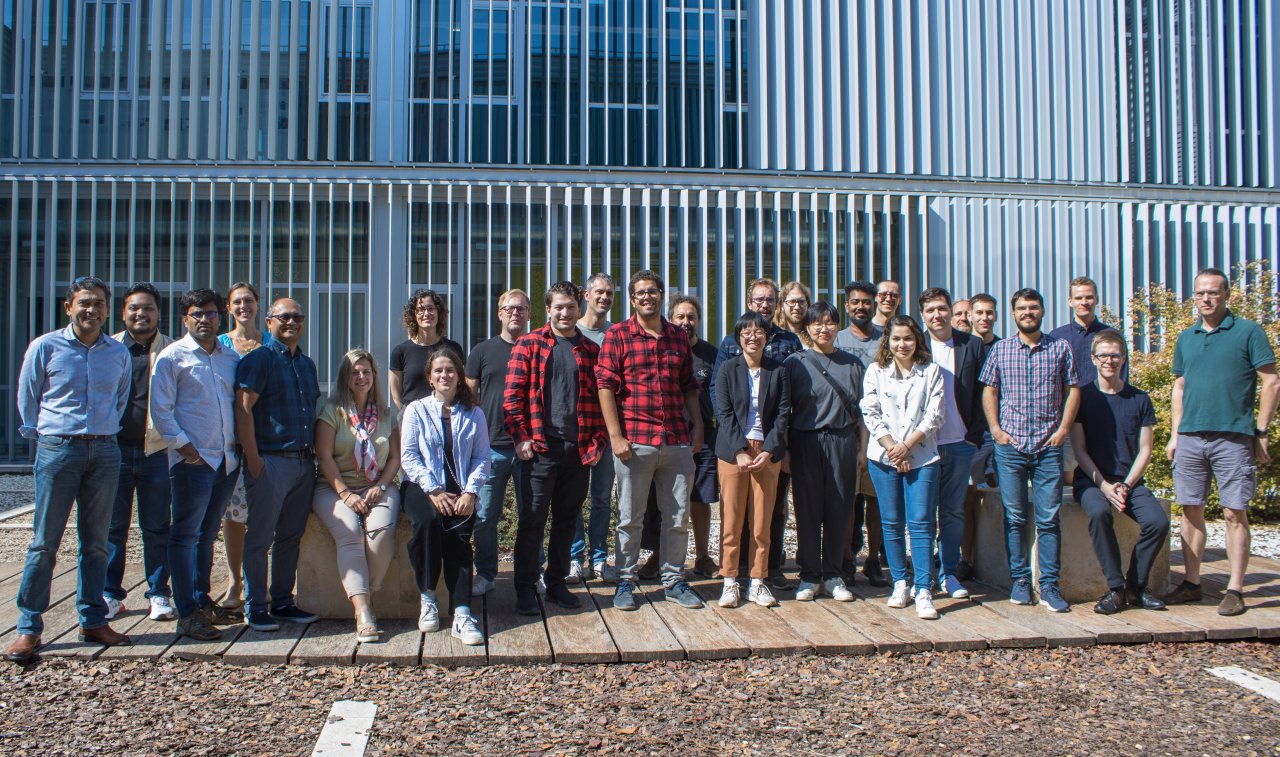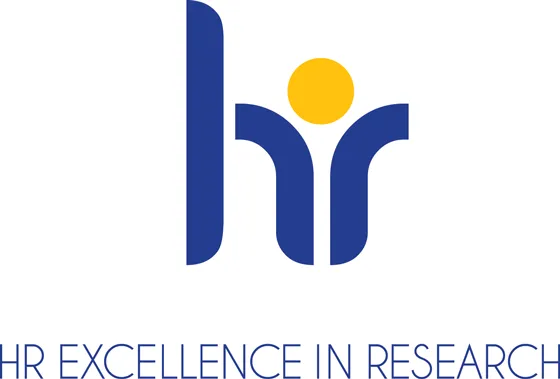A New Generation of Computer Graphics Researchers Was Trained by PRIME

Fourteen young talents from across the world have taken a major step toward shaping the future of computer graphics. Over the past five years, the PRIME project brought together top universities, world-class research institutions, and leading technology companies to train a new generation of experts in predictive rendering – one of the most demanding research areas in visual computing.
Selected under the prestigious and highly competitive Marie Skłodowska-Curie Innovative Training Networks scheme, PRIME stood out from 1,503 proposals, securing funding in a call with a success rate of less than 10 %*. This recognition reflects both the ambition of the project and the excellence of the partners involved.
From October 2020 to August 2025, under the leadership of the Faculty of Mathematics and Physics at Charles University (Czechia), PRIME gave 14 doctoral researchers the opportunity to train, collaborate, and innovate at the highest international level. Fellows were hosted by top European institutions: the German Research Center for Artificial Intelligence (DFKI) and Friedrich-Alexander University of Erlangen-Nuremberg (FAU) hosted 3 researchers in total, University College London (UCL) and Imperial College London joined from the United Kingdom, Technical University of Denmark (DTU) and Linköping University (LIU) from Sweden and University of Zaragoza (UNIZAR) represented top research institutions from northern and southern Europe. Moreover, two PhD students were hosted by a Danish company, KeyShot, whose main product is a 3D rendering program designed to create photorealistic images of 3D models quickly and easily.
„It has been a pleasure to be PRIME’s coordinator,“ said professor Alexander Wilkie, the project lead. „Europe’s top research institutions and companies joined the project. PRIME fellows worked on cutting-edge research questions and published in world-leading venues such as SIGGRAPH, SIGGRAPH Asia, and EGSR.“
The experiences of young fellows best show the impact of the project. Mohcen Hafidi from Charles University said: „PRIME provided dedicated funding, mentoring, and structured training that enabled me to advance rapidly, run the right experiments, and turn my work into polished, shareable results. PRIME enabled extensive mobility across EU universities, where I met professors and fellow PhD students and presented my work. That exposure significantly strengthened my communication skills and gave me international visibility beyond a standard PhD.“ Misa Korac from DFKI added: „PRIME enabled us to build connections and collaboration with the industry partners, which helped us to make our research relevant. It was also great fun traveling and meeting fellow PhD students across Europe – I am sorry it lasted only three years.“
PRIME partnered closely with companies, such as ADOBE, Intel, Maxon, ZEISS and IKEA. Fellows completed internships where they worked on common research projects relevant for industry. Company representatives also attended project meetings. They actively joined not only technical discussions, but also provided invaluable first hand information on career paths and soft skills important for the new generation of researchers.
„PRIME's scientific topics were excellent, of relevance and on the front line. We liked the way that not only scientific topics were on the agenda but also soft skills and preparation of the PhD fellows for their future career either in academia or in industry and their independence/self-responsibility,“ summarizes Arnim Henze from ZEISS.
The project years passed quickly, but during this time the young researchers made full use of their potential. Thanks to their participation in this prestigious programme and their strong efforts, they not only earned their PhD degrees but also gained open doors to exciting career opportunities. This is already evident, as several graduates of the project have promptly taken up positions in world-leading companies in Europe. PRIME’s legacy will live on in the work, ideas, and leadership of these emerging experts – shaping the future of computer graphics in the coming years.
For more information about the project visit prime-itn.eu.
![]() This project has received funding from the European
Union’s Horizon 2020 research and innovation programme under the Marie
Skłodowska-Curie grant agreement No 956585.
This project has received funding from the European
Union’s Horizon 2020 research and innovation programme under the Marie
Skłodowska-Curie grant agreement No 956585.
* Source: EU Horizon Dashboard
Press Release



